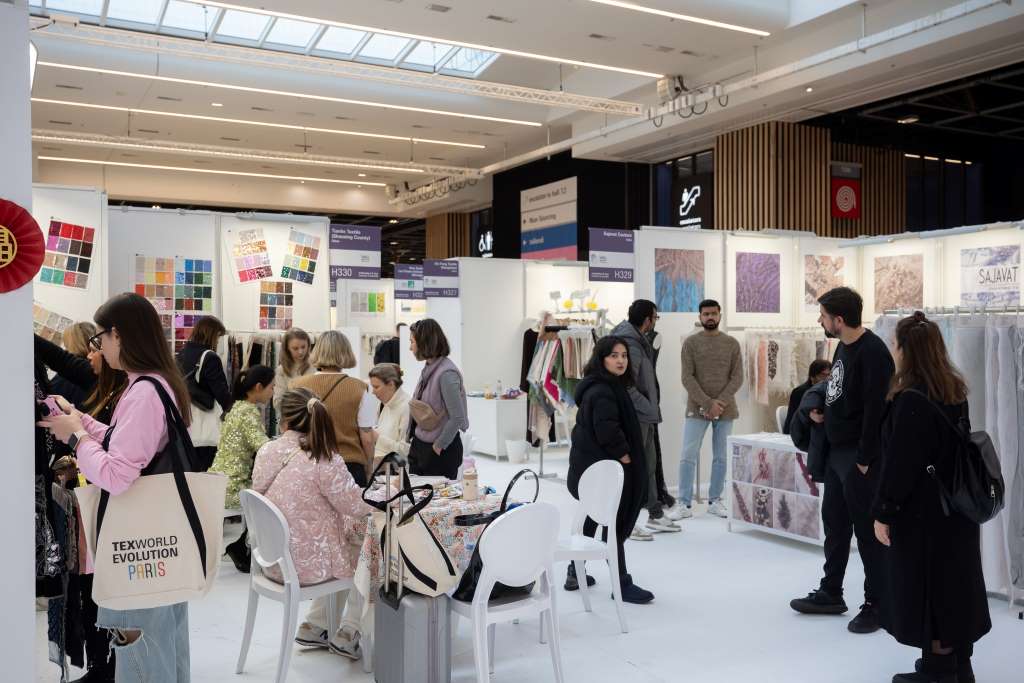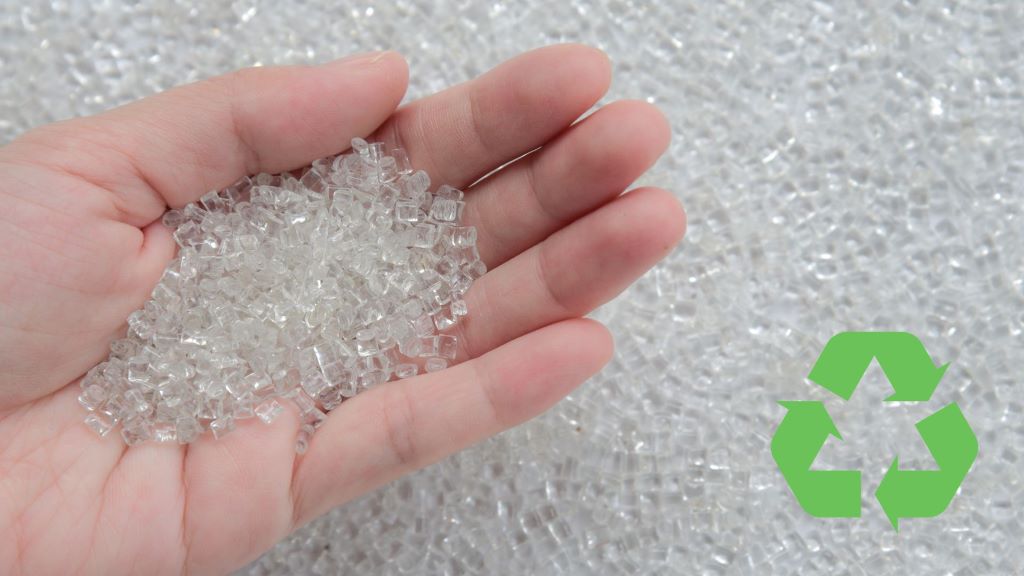
The cotton shirt, a wardrobe staple for generations, is facing a new challenge: man-made fibers (MMF). This shift in the global shirt industry is driven by a confluence of factors – functionality, affordability, and ever-evolving fashion trends.
A balancing, cost vs performance
Cotton reigns supreme in breathability and comfort, but its price fluctuations and water-intensive cultivation cast a shadow. Studies reveal that MMF currently holds a staggering 70% share in global fiber consumption. "Consumers are willing to pay more for a shirt that offers superior performance and comfort," says Sarah Jones, a textile analyst. Brands are responding with a spectrum of options catering to diverse budgets and needs. Synthetic fibers, generally cheaper to produce, are a boon for fast fashion and budget-conscious consumers. Fast fashion giant H&M exemplifies this by actively incorporating recycled polyester into their clothing lines, touting affordability alongside sustainability benefits.
Function reigns supreme
Beyond cost, synthetic fibers offer functionalities that cotton struggles to match. Analysts at Apparel Views highlight the growing demand for performance-driven textiles. Polyester and nylon blends, renowned for their wrinkle resistance, require minimal ironing – a major perk in today's fast-paced world. "Synthetic fibers offer features like wrinkle resistance, moisture-wicking, and durability," points out Faruk Hasan, President of the Bangladesh Garment Manufacturers and Exporters Association (BGMEA). These features are particularly sought after in activewear and performance shirts, but are increasingly finding their way into everyday wear as well.
The rise of blends
While synthetics are gaining ground, pure polyester isn't the only story. Blended fabrics, particularly cotton-polyester mixes, offer a middle ground. Industry estimates suggest MMF already hold a significant 70% share of global fiber consumption. These blends combine the breathability of cotton with the wrinkle resistance and affordability of synthetics. The future likely lies in even more innovative hybrid fabrics that bridge the gap between comfort and functionality.
Regenerated cellulose fibers like rayon are gaining traction for being a natural alternative to synthetics while maintaining some of their functional benefits. Some studies indicate rayon has displaced wool in many important uses, including shirting, due to its affordability and comfort. Fashion trends also play a role. The rise of athleisure and activewear, with their focus on moisture-wicking and flexibility, has pushed up demand for synthetic fabrics designed specifically for performance. Patagonia, a leader in outdoor apparel, exemplifies this trend. Their ‘Capilene Cool Lightweight Shirt’ is made with a recycled polyester blend that prioritizes moisture-wicking and breathability, perfect for active pursuits.
A global landscape woven with diverse fabrics
The shift towards synthetics isn't uniform across the globe. The US market, for example, presents a complex picture. While synthetics dominate apparel consumption (around 75 per cent), cotton imports still hold a slight edge over man-made fibers. Rising oil prices, which impact synthetic fiber production, could temporarily swing the pendulum back towards cotton.
The European market shows a growing interest in sustainable alternatives. Regenerated cellulose fibers, like viscose rayon derived from wood pulp, are gaining traction due to their eco-friendly appeal. However, even in Europe, the demand for wrinkle-free and easy-care shirts is driving a rise in synthetic blends.
The future of shirt fabrics likely lies in innovation. Sustainable alternatives like Tencel, a wood-based fiber, are gaining traction. "We're seeing a growing interest in eco-friendly synthetics made from recycled materials," says Marie Dubois, a fashion designer specializing in sustainable clothing. The industry is also exploring new ways to improve the comfort and breathability of synthetics, potentially blurring the lines between natural and man-made fibers.
The cotton shirt may not be facing extinction, but the industry is clearly weaving a new narrative. Consumers seeking function, affordability, and sustainability will have a wider range of fabrics to choose from, ensuring a comfortable and stylish fit for the future.












